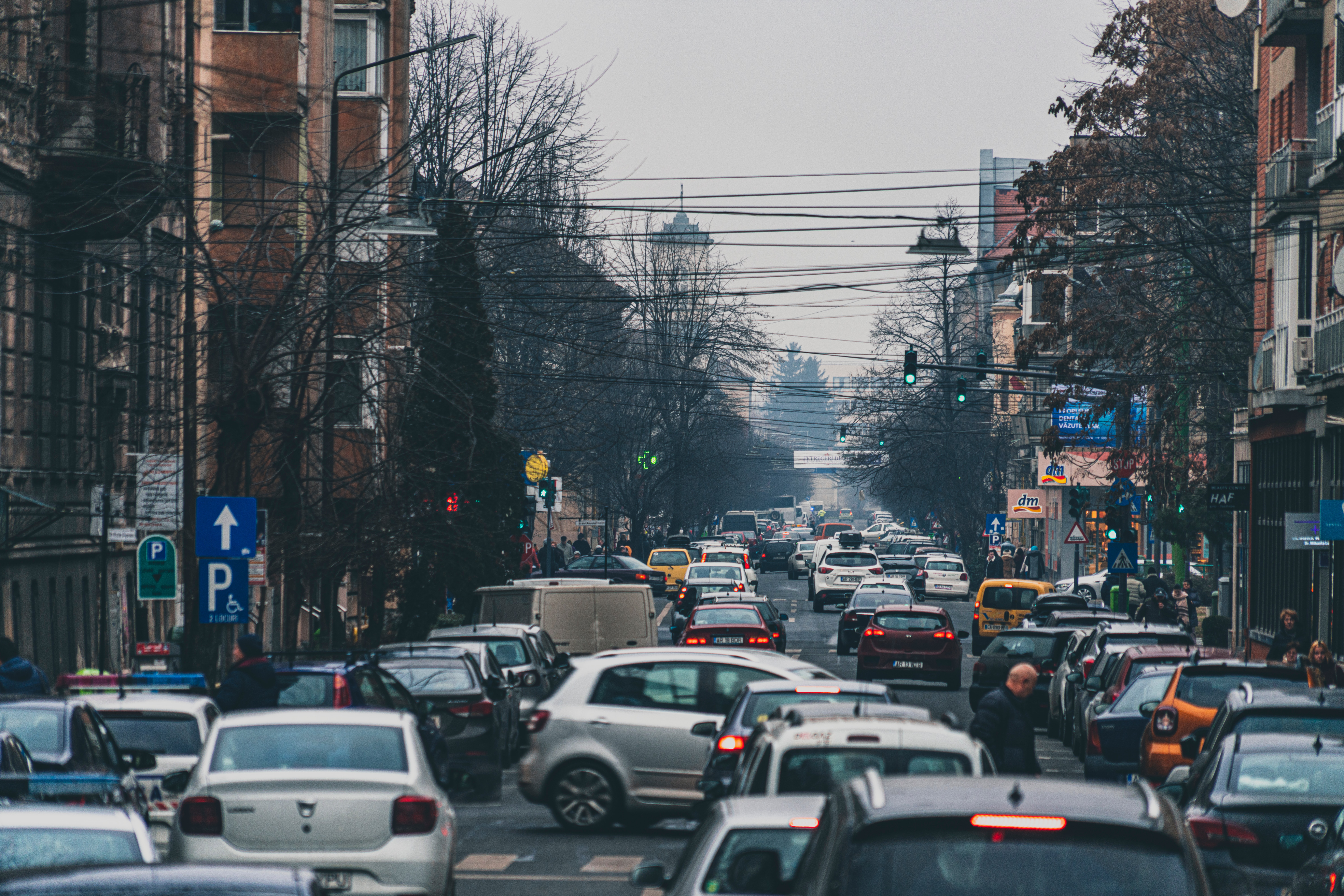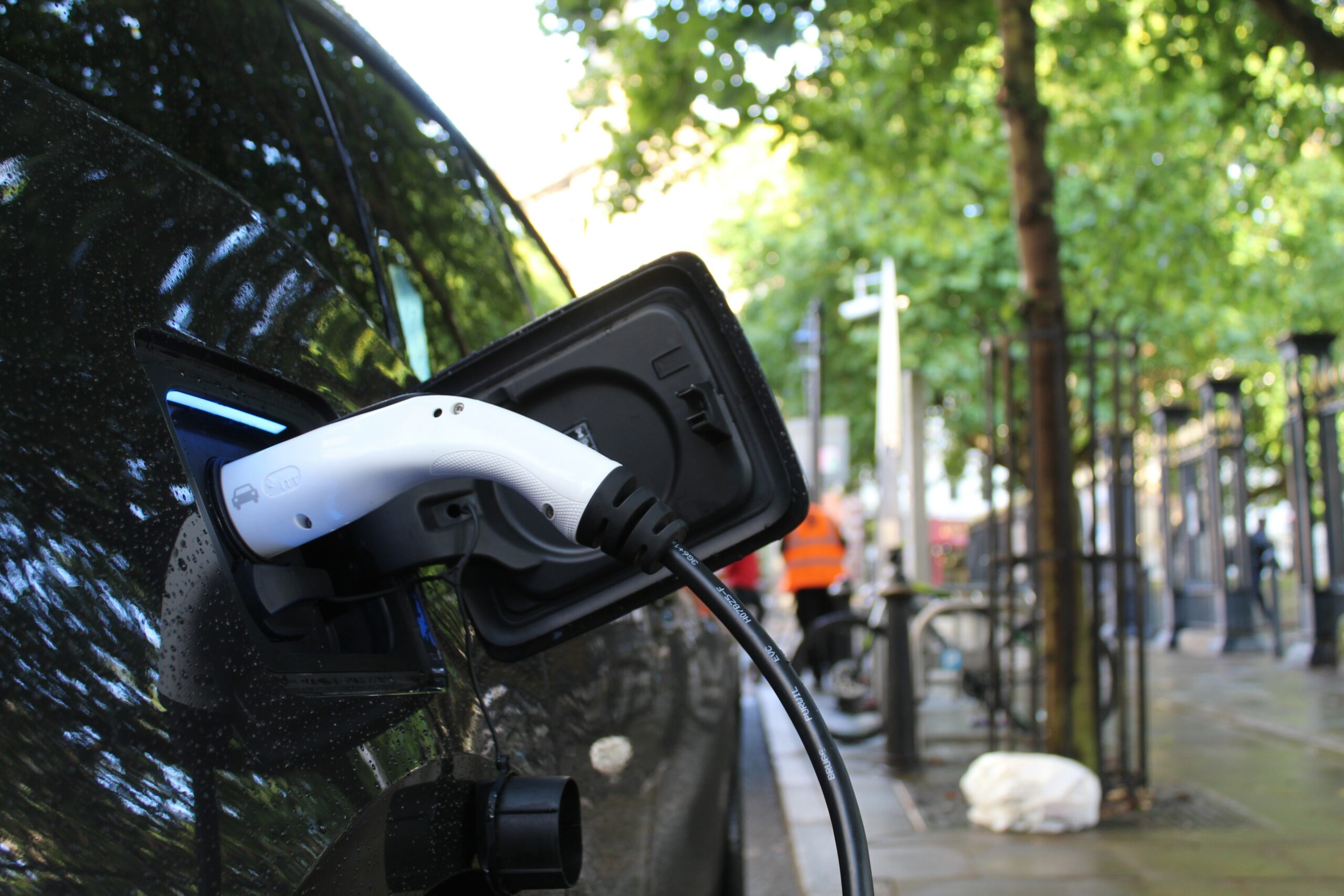The Swedish government often claim that it is a forerunner in climate policy. But even though emissions are decreasing, this is happening too slow to reach the climate targets and many of the “solutions” are based on consumption of biofuels or other resources.
The reality is that the Swedish population still has big emissions per capita, about nine tons per person per year (including consumption in other countries). New research shows that Swedish emissions would need to decrease by about 21% a year to deliver on the Paris-commitments.
A country where cars rule the roads
The Swedish transport system is heavily reliant on car use. Almost 90% of the passenger transportation in the country are by car (passenger-kilometres). Transport accounts for a third of the carbon dioxide emissions in Sweden, of which road traffic accounts for 90%. Nationally, policies to diminish the climate impact from road traffic are focused on technical solutions, such as biofuels, electrification etc. and not reduction of the road traffic. But, locally there are many cities with another perspective and agenda.

New Weather’s review shows that the 24 largest cities in Sweden have some form of targets for reduced or limited car traffic – either in absolute numbers or as a proportion of traffic. This accounts for around 4.5 million people or 43% of the population. The ambitions of these cities for limited car traffic contrast with national planning, which is based on a continued increase in car traffic.
Cities approaches at odds with national policy
These cities state many reasons why they want to limit motoring. It is, of course, about reducing climate impact and reducing other environmental problems, such as noise and hazardous emissions. But it is also about making space available and creating a healthier urban environment.
Many cities emphasise the need for goal-oriented planning instead of forecast-driven planning based on yesterday’s society, which is a method that the Swedish Transport Administration use. Many cities also describe the need for a change of norms – from the car to public transport, cycling and walking.
Today, the state is slowing down the municipalities’ transition to a sustainable transport system, even though there are national goals for an increased share of travel by public transport, cycling and walking. The Swedish Transport Administration continues to plan for increased road traffic in the state road network. Environmental goals are slipping out of view, and climate goals are given lower priority. Legislation that views the car as the norm still dominates the policy approach. There is also a widespread perception within the Swedish Transport Administration that infrastructure does not play a major role in the possibility of achieving environmental goals. This contrasts with the Climate Policy Council and the OECD, which point to the need for reduced car dependence and system change.
What next?
An accelerating climate crisis means that emissions from car traffic need to be drastically reduced. Rapid electrification of the car fleet can reduce the problem, but then we continue to lock ourselves into a society built upon cars that has many other negative consequences. Electric cars require large resources and energy in manufacturing, which from a global perspective will be unsustainable if car traffic is to continue to increase. A resource-efficient society reduces vulnerability, both for society as a whole and for individuals.

In the current situation, other benefits of reducing dependence on fossil fuels and metals, which are often imported from states with dubious governments, are also being brought to the fore. A resource-efficient society reduces vulnerability, both for society as a whole and for individuals.
New Weather Sweden´s suggestions:
- A national goal for reduced road traffic needs to be developed for the entire national transport planning system. The Swedish Transport Administration also needs to start looking more systematically at combinations of measures that together lead to a reduction in car traffic.
- Review and re-evaluate road projects. Even today, both construction of and planning for large-scale road investments in our larger cities are underway. All resources need to go to investments that contribute to the climate and environmental goals, not counteract them. All road projects in the national transport infrastructure plan that have not started construction need to be reviewed and, if necessary, revised based on climate and environmental goals.
- Revise braking legislation (referring to all legislations introduced in the 1950s and 1960s that build on car use as the norm in transportation). Old regulations and legislation that still carry the idea of the car society need to be revised and transformed so that they instead steer towards public transport, cycling and in other ways for a more car-free society.
Instead, we need to change our way of life and how we plan our societies. Our dependence on cars needs to be transformed so that we start transporting ourselves more efficiently. Public transport, cycling and walking need to become the norm, at least in cities and towns. Mass car use has reached the end of the road.
The national politics now need to act together with the municipalities to reduce our current dependence on the car. In the same way that the state in the 1950s and 1960s was a driving force in creating laws and regulations for the car society, the norms now need to be reformed. With values from our own time and with a view to future generations, a greener, healthier and more prosperous city is not built with more cars, regardless of fuel.
This opinion piece was based on this article, published in Dagens Nyheter.
